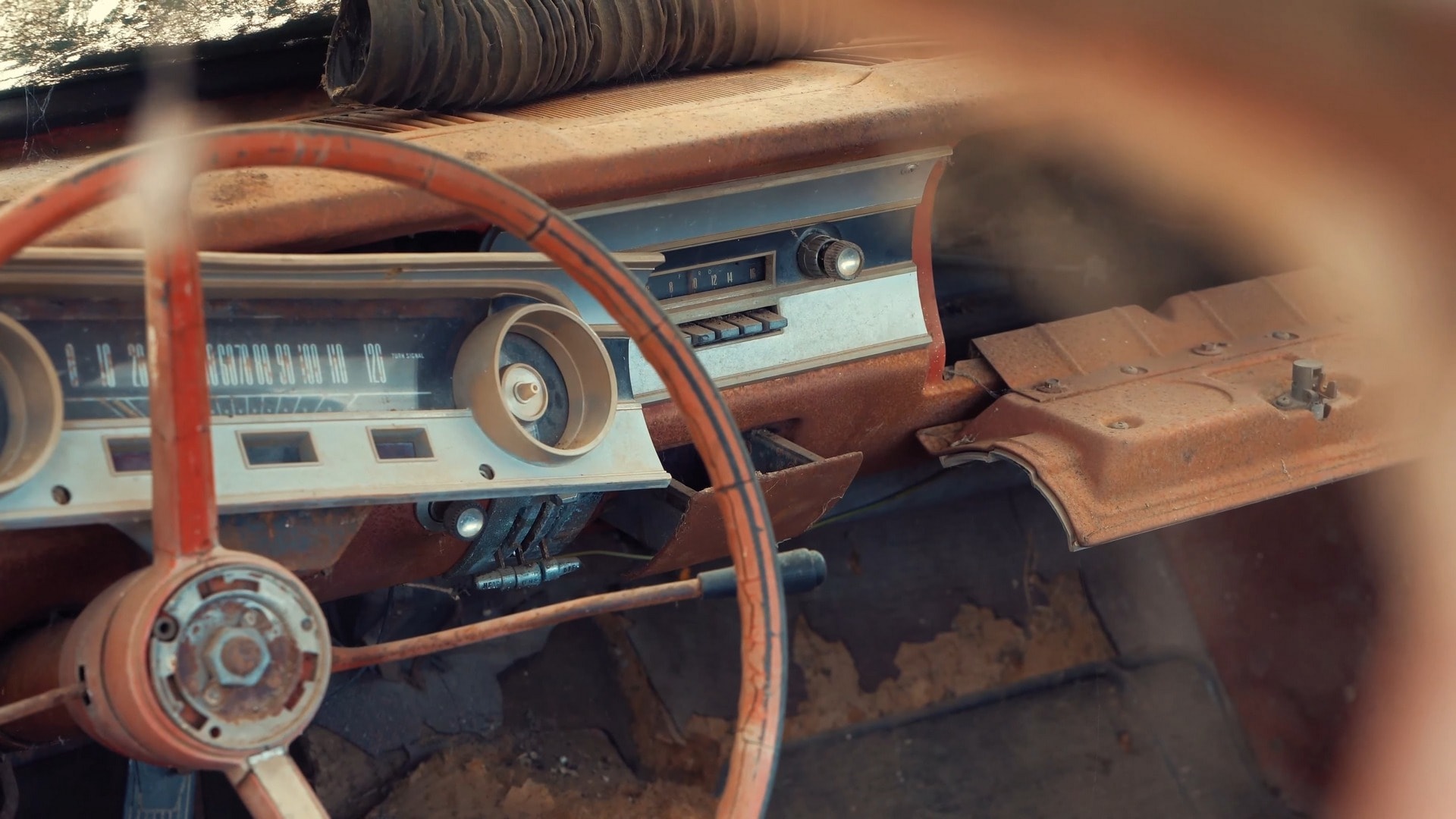The Ford Mustang, once a dominating force in the pony car market, faced a challenge in 1967. The introduction of the Chevrolet Camaro that year had siphoned off a significant portion of its sales.
To counter this, Ford decided to revamp the Mustang, introducing big-block engines and performance-enhancing features. The 390-cubic inch ‘Thunderbird Special’ V8 marked a significant departure from the Mustang’s original engine options, finally pushing its power output beyond 300 horsepower.
Shelby American, known for its high-performance Mustangs, responded by introducing the GT500 with a 428-cubic inch engine, further raising the stakes in the pony car performance war.

Ford’s strategy, however, was not solely focused on raw power. The GT Equipment Group offered a more attainable performance package, featuring sportier styling, improved handling, and powerful brakes. This option appealed to those seeking a balance of performance and affordability.
The 1967 Mustang GT convertible was a rare and desirable car, even among the already exclusive GT lineup. While the GT option was popular, with over 24,000 units sold that year, the convertible version was even more limited. Only 2,341 GT convertibles were produced, making them highly sought-after by collectors today. One particularly unique example is featured in the video below: a Lime Gold GTA convertible with Ivy Gold bucket seats and a factory-installed 8-track stereo.
This car is believed to be the only one of its kind in existence, further emphasizing its rarity and value. Despite its GT designation, this Mustang presents a unique configuration.* Equipped with a standard interior and a modest 289 cubic-inch V8 engine, it stands out from its peers. This entry-level powerplant, producing a mere 200 horsepower, contrasts sharply with the performance expectations associated with a GT model.
While the reasons for this unconventional pairing may be unclear today, this Mustang offers a distinctive character. With features like a three-speed automatic transmission, power brakes, steering, and a convertible top, this Texas barn find presents an appealing project car opportunity. The barn find of a 1964 Ford Falcon GTA, once a rare and sought-after muscle car, presented a mixed bag of opportunities and challenges. While the car’s exterior showed signs of wear and tear, the real concern lay beneath the surface.

Under the hood of the Ranchero was a 170-cubic-inch straight-six engine, a modest powerplant that Ford optimistically labeled as “high-performance.” Coupled with a three-speed manual transmission, the Ranchero offered basic transportation rather than thrilling performance.
Despite its limitations, the Ranchero found a modest market, with just under 10,000 base models and 7,000 Deluxe versions sold in 1964. To compensate for the engine’s modest output, the Ranchero came standard with a 3.50:1 rear axle ratio.
A 4.00:1 option was available for the even smaller 144-cubic-inch engine, ensuring that the 85-horsepower base model could handle its intended load. While not known for its speed, the Ranchero was fuel-efficient and practical. For those seeking more power, a V8 option, the 260-cubic-inch engine also used in the first-year Mustangs, was available.

